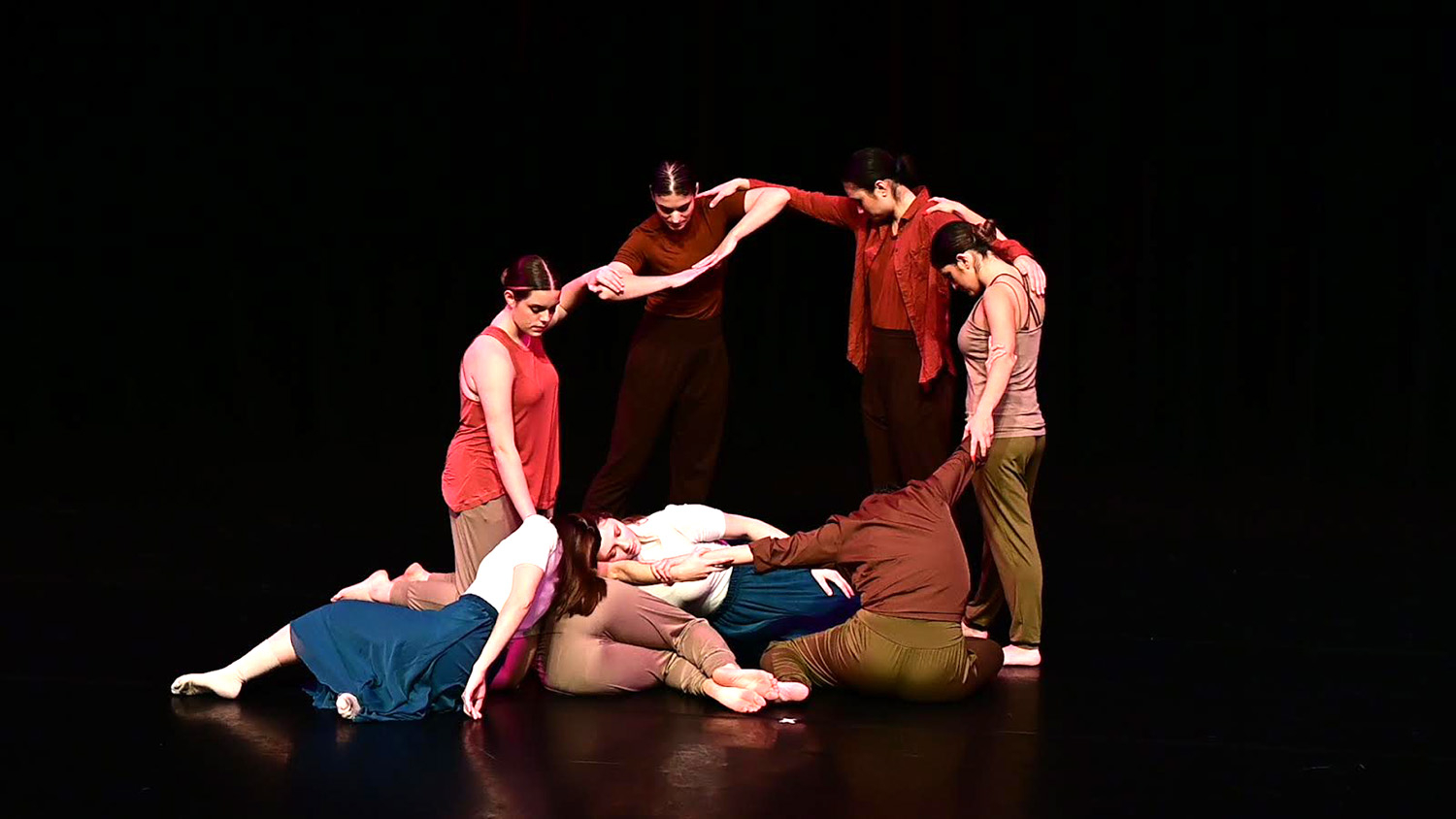Exhibit spotlights lost history
Largely lost to history, the stories of African-American jockeys who dominated horseracing until the early 20th century are now being told at the African-American Cultural Center.
The Cultural Center, located on the second floor of the Witherspoon Student Center, is hosting “Too Black, Too Fast,” an art exhibition chronicling the heyday of African-American jockeys in America, from roughly 1670 to the turn of the 20th center.
“This is a part of our history that has literally been erased from the record books, even though many of the names of the jockeys appear at Churchill Downs,” home of the Kentucky Derby, said Dr. Sheila Smith McKoy, director of the African American Cultural Center.
Prior to the end of slavery, servants’ horse-racing income was a significant source of wealth for plantations, Smith McKoy said. It also enabled some African-American slaves to buy freedom for their families and build new lives.
After the Civil War, African-American jockeys were among the most successful athletes in America. At the inaugural Kentucky Derby in 1875, 13 of the 15 jockeys were black. So were 15 of the first 28 Derby winners, according to Smithsonian magazine. 1892 winner Alonzo “Lonnie” Clayton, depicted in the “Too Black, Too Fast” exhibit, remains the youngest Derby champion ever. He was 15 years old.
As they did to most African-Americans, Jim Crow laws disenfranchised black riders in the early 20th century, forcing them out of competitive racing, Smith McKoy said. Many found fame and fortune overseas.
Jimmy Winkfield, also depicted in “Too Black, Too Fast,” earned more than $100,000 a year riding in Russia in the early 1900s. Later, he helped ensure the survival of Russian racing by helping to hide thoroughbreds during World War I and World War II, Smith McKoy said.
When an 80-year-old Winkfield returned to the United States in 1961, he was honored at Churchill Downs. He was forced to enter a ceremony lauding him through a back door.
Painters Michael McBride and James Threalkill and sculptor/former professional football player George Nock are the artists behind “Too Fast, Too Black.” The three share “a love of horses, a love of the equestrian arts and a love of history,” Smith McKoy said.
“There are so many compelling things about the exhibit that make it a natural fit for the kind of work we try to do here” at the African American Cultural Center, she added.
The exhibit is on campus through April 15. It’s open from 1 p.m. to 5 p.m., Monday through Friday, and at other times by request. To request a showing outside regular hours, contact Toni Thorpe, programming coordinator at toni_thorpe@ncsu.edu.
- Categories:


